| Catalog Number | Size | Price | Quantity |
|---|---|---|---|
| FLD0602 | 0.5 mL | ¥2000.0 | |
| FLD0602-1 | 1 mL | ¥3600.0 |
Thiazole Green II is a high-sensitivity green fluorescent nucleic acid dye designed for detecting RNA and single-stranded nucleic acids. It is compatible with agarose gels, polyacrylamide gels, and denaturing systems such as agarose–formaldehyde and polyacrylamide–urea gels. Although not strictly RNA-specific, Thiazole Green II exhibits a clear preference for RNA. It binds RNA with higher affinity and produces a greater quantum yield upon binding than with DNA, making it especially effective for RNA detection. Compared with ethidium bromide (EtBr), Thiazole Green II provides more than an order of magnitude stronger fluorescence enhancement, along with higher sensitivity, lower background, and substantially reduced toxicity and mutagenicity. These advantages make it a safer and more efficient alternative to EtBr for RNA gel staining and qualitative RNA analysis. On denaturing agarose–formaldehyde and polyacrylamide–urea gels, sensitivity is somewhat reduced but remains superior to EtBr.
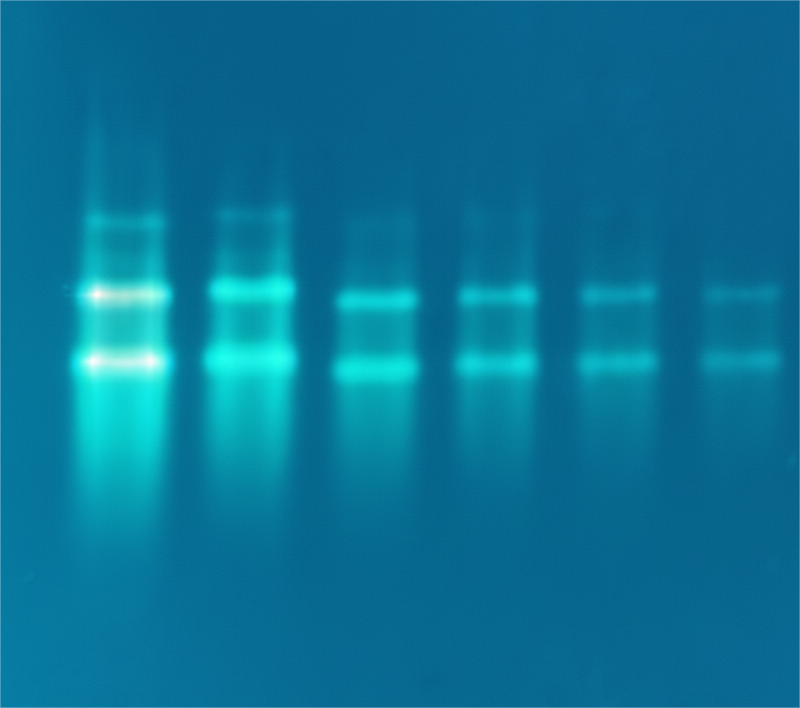
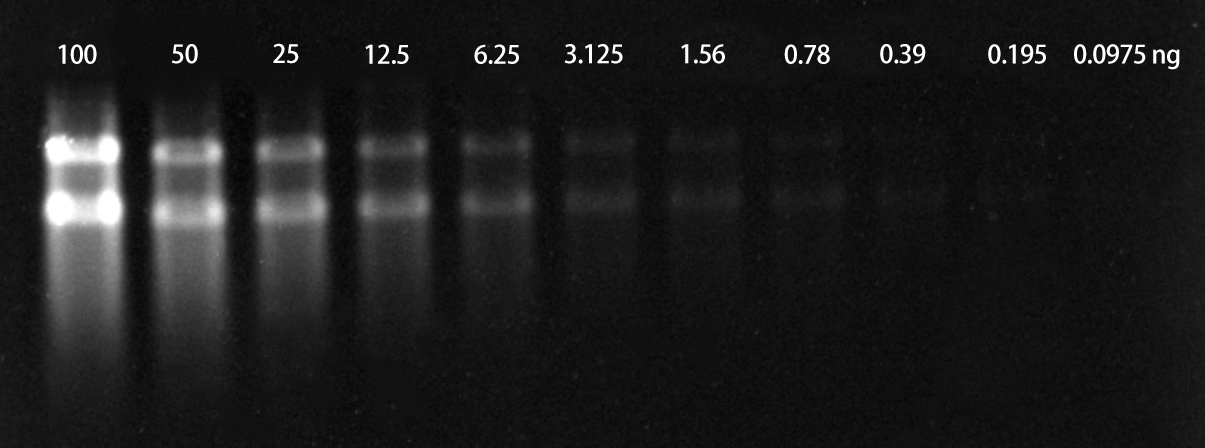
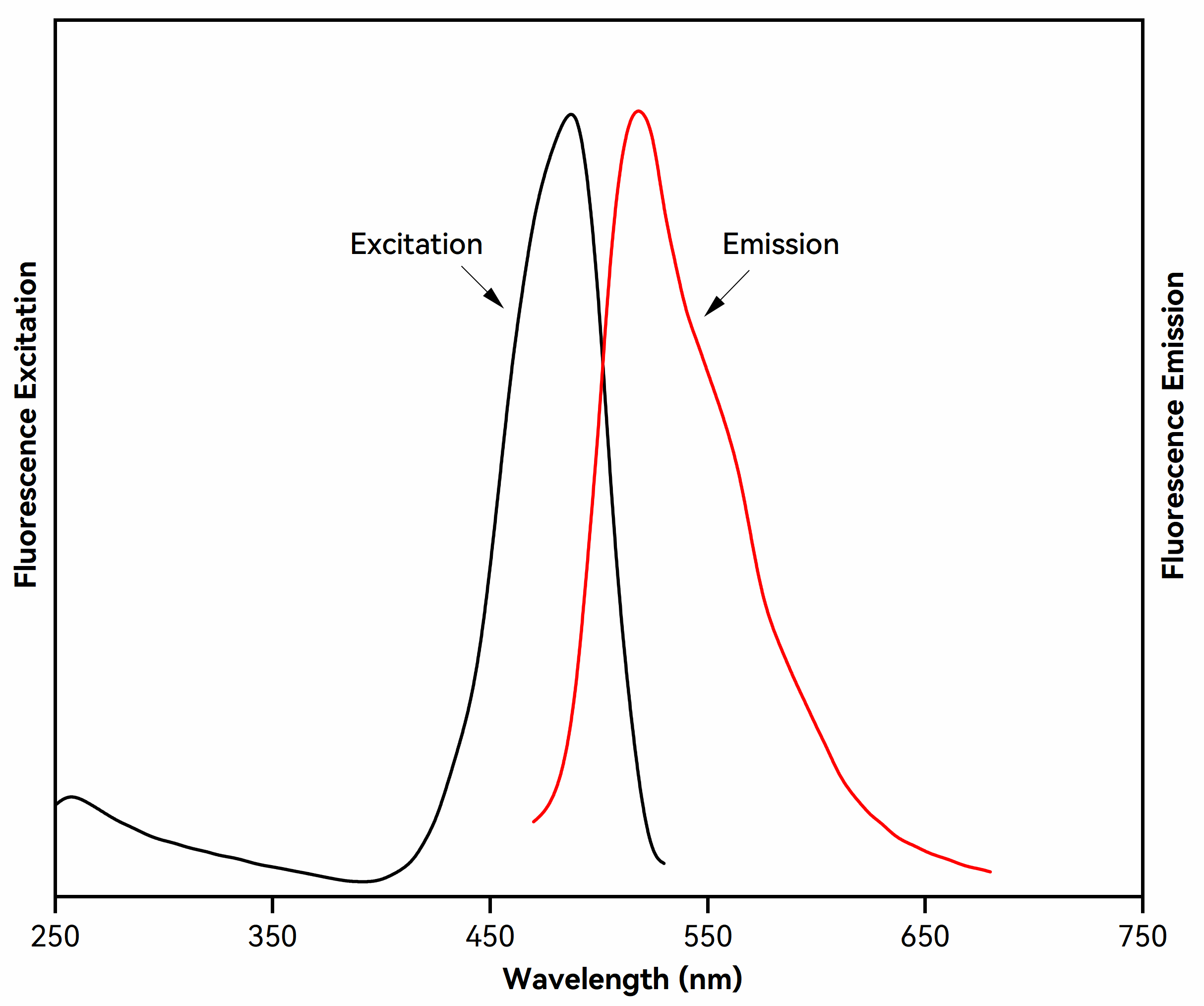
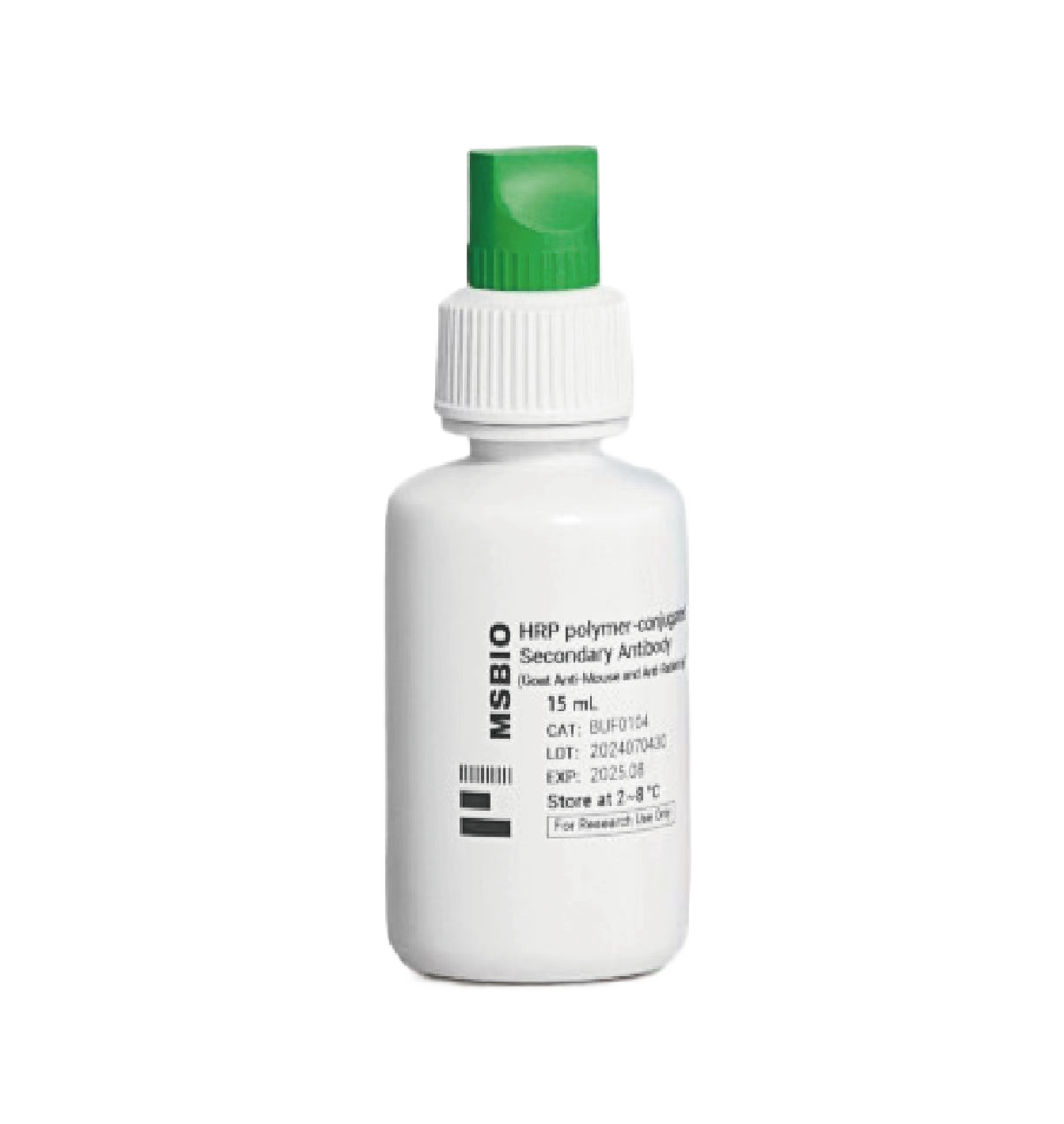
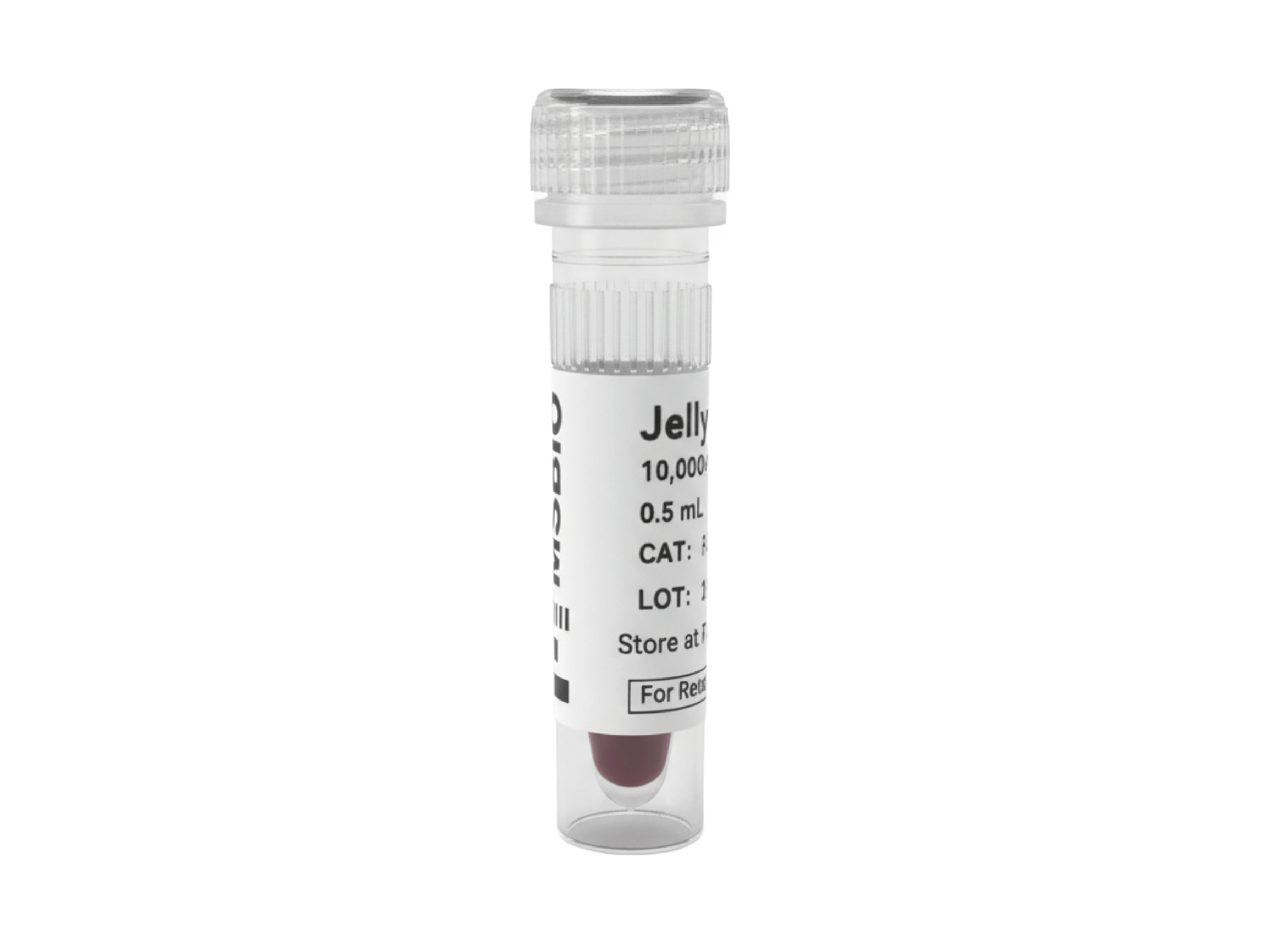

| Issue | Solution |
|---|---|
| Smearing of bands in the gel | 1. The fluorescence sensitivity of Thiazole Green II is much higher than that of conventional ethidium bromide (EtBr). Excessive RNA loading may result in signal overexposure or band smearing. It is recommended to reduce the loading amount to one-half to one-third of that used with EtBr staining. |
| 2. Interference from RNA degradation. Smearing may also be caused by degradation of RNA samples. Freshly extracted, RNase-inhibited samples are recommended, and appropriate stabilizers should be added to the sample buffer. | |
| 3. Use TBE buffer instead of TAE. TBE provides stronger buffering capacity and is better suited for high-resolution electrophoresis. | |
| Reduced fluorescence intensity | 1. The dye may have precipitated due to low-temperature storage. Before use, allow it to equilibrate to room temperature until the DMSO is fully dissolved, then vortex thoroughly to ensure a homogeneous solution. |
| 2. Store the dye at low temperature and protect it from light. To avoid performance loss from repeated freeze-thaw cycles, aliquot the dye upon first use and thaw only as needed. |
